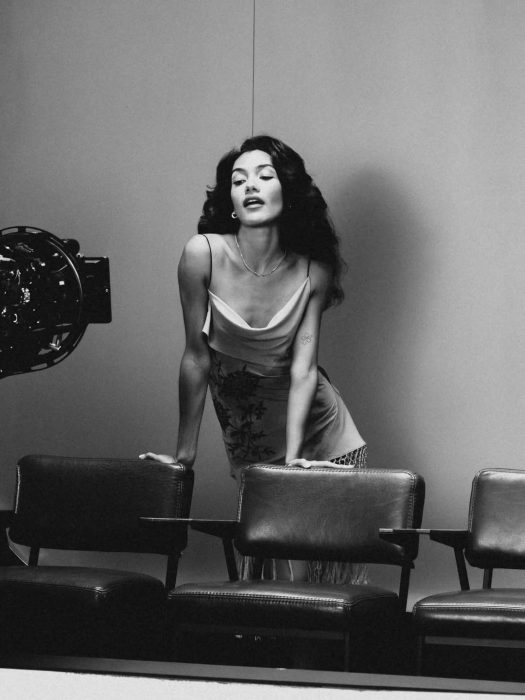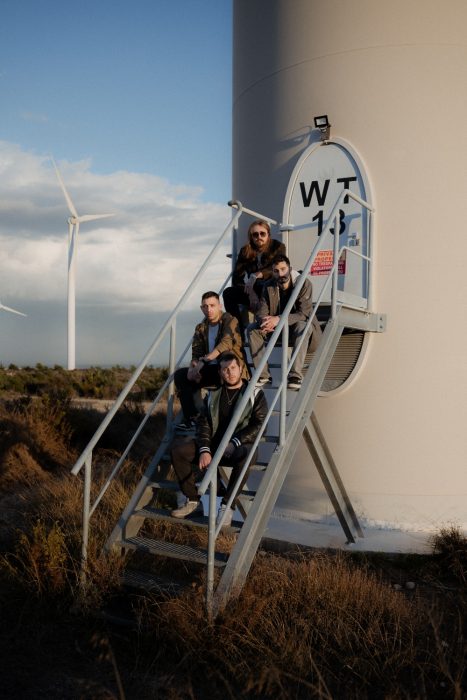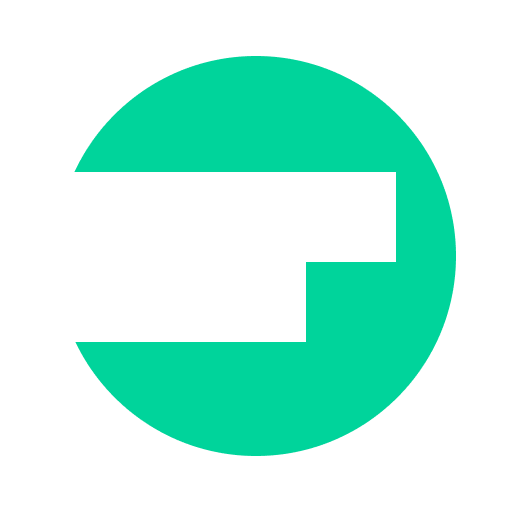Eyal Erlich just let loose his solo single ‘Jenny’, hitting streaming platforms June 21, 2025. The Tel Aviv artist, who’s been grinding Israel’s club circuit since 2016, has that rare talent for turning a lone acoustic into a confessional bonfire—think Jeff Buckley‘s raw nerve crossed with Nick Drake‘s whispery bite and Ben Howard‘s rustic swing. No major-label machine behind him, Eyal‘s carved out a space that has earned him a die-hard fanbase with a catalogue that feels like eavesdropping on your own regrets, all ‘70s folk-rock grit laced with ‘90s indie shadow. This one’s the opener for his long-teased debut full-length, and damn if it doesn’t scream breakout potential for a guy who’s all about the quiet storm.
‘Jenny’ doesn’t mess around: it’s a slow-burn elegy for love that slipped away, built on fingerstyle runs that snag like barbed wire and vocals gravelly enough to scrape the soul. Eyal leans into those mid-song swells, letting the melody fray at the edges to mirror the mess of memory—pure singer-songwriter gold that rewards a headphone dive.
The Levontin live clip seals it, raw footage of Eyal owning the room with zero safety net of a large scale production, turning ache into something almost communal. In an industry bloated with TikTok fluff, this is indie doing what it does best: sticking the knife in and twisting just right. Keep an eye on Eyal Erlich—his full record’s gonna rattle more cages.















